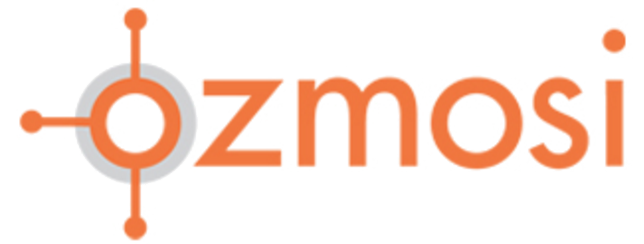For years, Eli Lilly’s main contributions to the Diabetes market were their insulins: fast-acting analog Humalog® and human insulin Humalin and two premix offerings in analog Humalog® Mix 50/50 and human premix Humalin 75/25. Despite a legacy category, this portfolio of insulins continues to drive significant revenue, with over $2.5 billion in Sales in 2016 alone.
In the short-acting market, Eli Lilly’s Humalog® has competed primarily with Novo Nordisk’s NovoLog® with much of the battle between the two shifting from Sales Force to competing on PBM/payer access in recent years; physicians and patients do not see a whole lot of daylight between the two in terms of their efficacy and safety profiles though Novo Nordisk currently leads the category. The stagnant premix insulin market remains the smallest category among insulins, and fortunes are often paired with their short-acting insulin counterpart during payer negotiations.
The most interesting role Eli Lilly is playing in Insulin presently, however, is in completing its portfolio of insulins by adding new Basal biosimilar, Basaglar®. After a patent lawsuit was resolved with Sanofi in 2016, Basaglar® entered the market as the first biosimilar of the Diabetes category. Unlike generics, which typically see steep pricing discounts vs. branded counterparts, biosimilars see more modest price reductions due to higher costs to bring to market. Still, in a very price-sensitive market, the ability to offer a less costly Basal biosimilar to compete with Sanofi’s Lantus® and Novo Nordisk’s Levemir® is a big step for the company even as their competitors have launched pricier, next-generation versions of their insulins. Some competition looms, however, as Merck’s Lusduna Nexvue has received tentative FDA approval, contingent upon the resolution of a similar patent infringement lawsuit with Sanofi.
Eli Lilly’s push further into Diabetes, however, started with the 2014 launch of GLP-1 receptor agonist Trulicity®, which achieved $700 million in Sales in 2016. Because of its once-weekly dosing and efficacy, Trulicity® has been able to supplant Byetta®/Bydureon® as Victoza®’s primary competitor in this class and has made substantial market share gains overall while arguably helping grow the class as a whole.
Recently launched Jardiance (SGLT-2 inhibitor), co-marketed with Boehringer Ingelheim, is also gaining market share despite facing strong pricing pressures. Analysts expect the product to exceed $1 billion in sales by 2019. The significant contributor to the success of Jardiance has been the EMPA-REG Outcome trial which resulted in an additional indication to reduce the risk of cardiovascular death in adults with Type 2 diabetes. This is the first of its kind and gives Jardiance the ability to market itself as the only Type 2 diabetes product shown to reduce the risk of cardiovascular death.9 This has implications for Eli Lilly’s competitors as Merck’s late entrant SGLT-2 ertugliflozin also hopes to go to market with strong CV claims.
Conclusion
Eli Lilly has been a steady player among insulins for years but never had the Basal product to complete their insulin portfolio, something both Novo Nordisk and Sanofi have been able to boast for years. Now, with Basaglar®, they have a competitive offering in a therapy area where pricing has become increasingly important, especially as Diabetes medication manufacturers are under increased scrutiny for how they price their products.
Outside of Basaglar®, their growth potential in Diabetes is in its non-insulin anti-diabetics though Humalog® remains one of the company’s top sources of revenue (since Cymbalta® went generic). Trulicity® should continue to be a steady grower for Eli Lilly, at least up until Novo Nordisk’s once-weekly GLP-1 Semaglutide threatens to compete actively in the class sometime in 2018. Meanwhile, Jardiance® also continues its upward momentum in the SGLT2 class. In an increasingly crowded category, thanks to its currently unrivaled CV data, Eli Lilly has been able to differentiate itself even if actual sales lag internal company projections for 2017.
